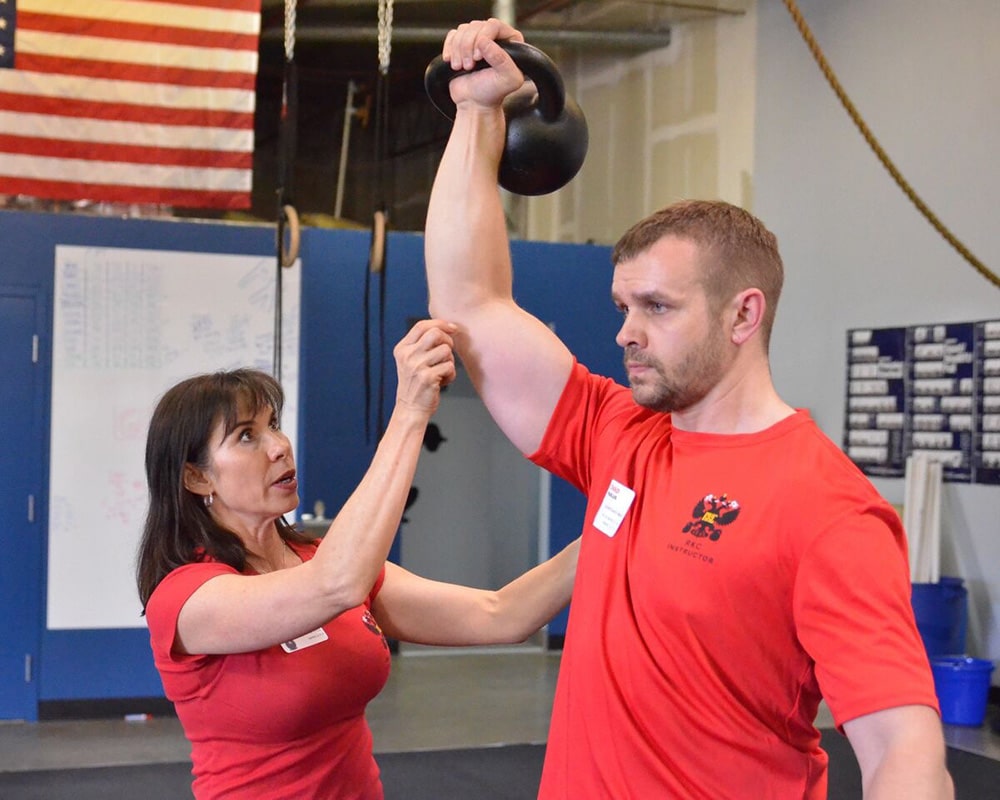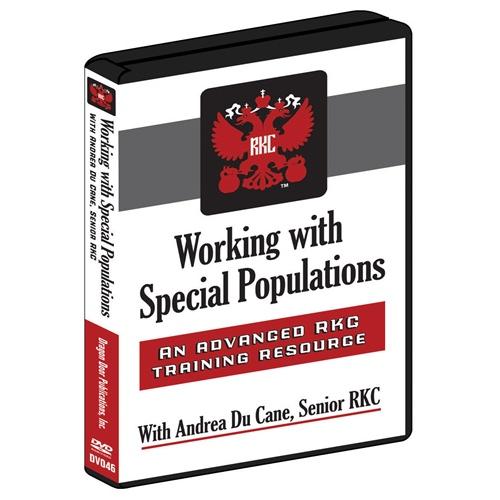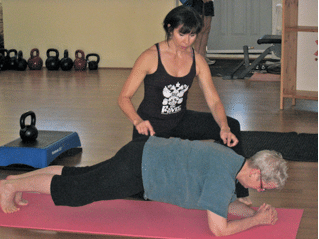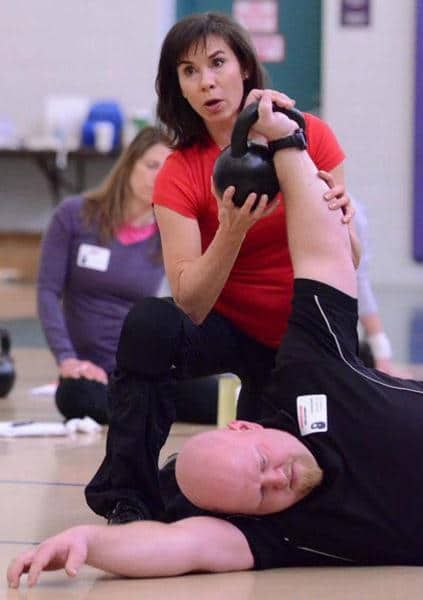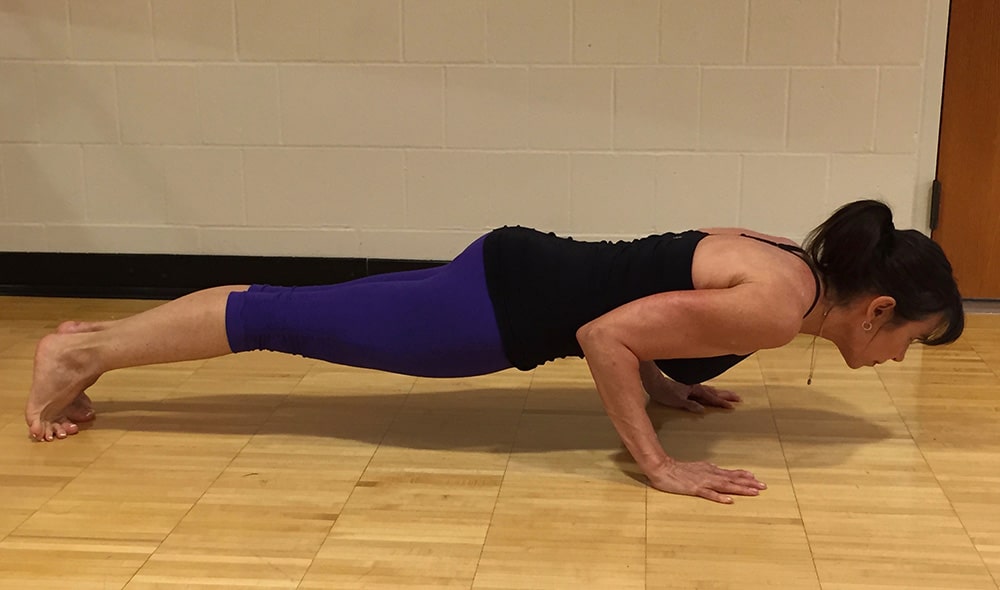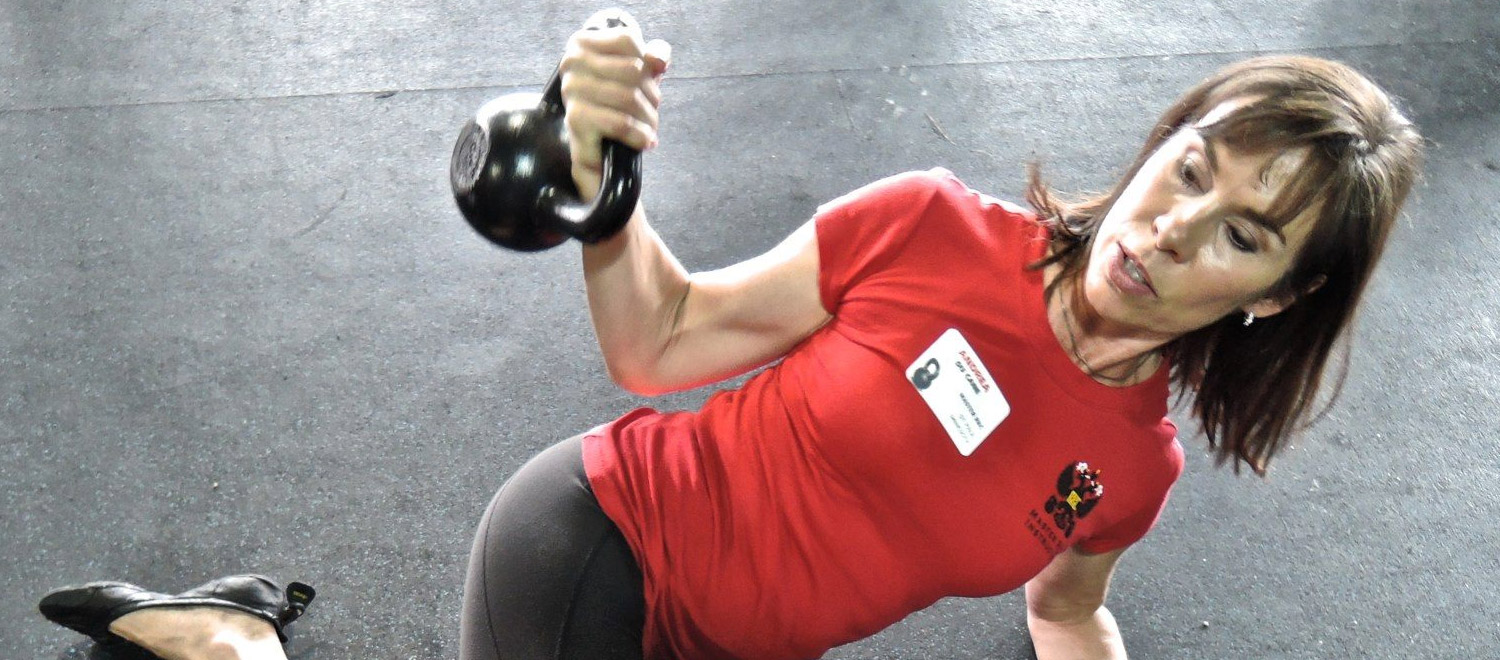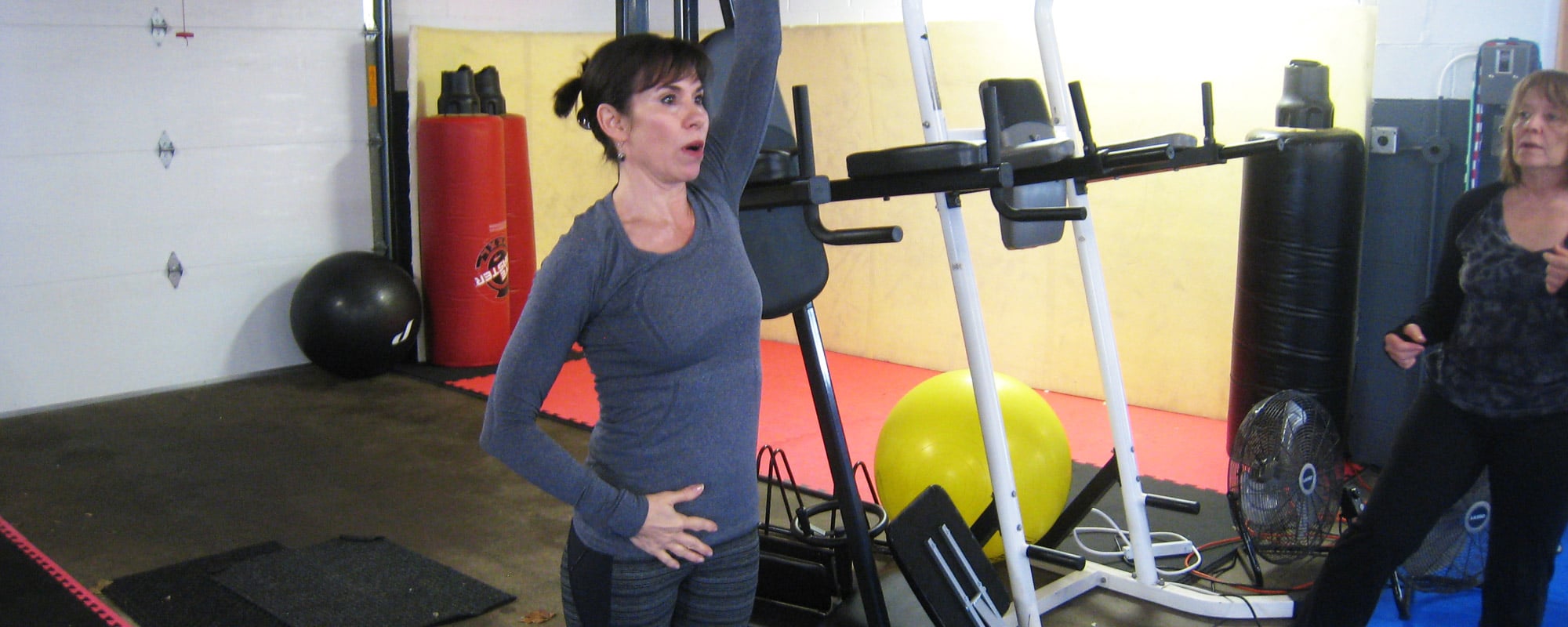Painful Elbows? Look at Your Technique
I can’t count how many people I run into, that have elbow pain and had to stop or back off their kettlebell or pull-up training. I’m sure you know someone who has developed pain in the elbows after working up to heavier cleans and snatches or just more volume. Perhaps they have just started Convict Conditioning or some other body weight program and then find they have to back off due to elbow issues. Maybe you have encountered the same problem at some point during your lifting career.
Unfortunately, this problem is all too common these days. Chalk it up to unbridled enthusiasm with their new skill or toy, pushing too hard too fast and lastly not paying enough attention to proper technique.
First, let me explain the difference between two general types of elbow pain.
Tennis elbow: which is caused by inflammation of the extensor forearm muscles, causing pain on the outside (lateral side) of the elbow.
Golfer’s elbow: is caused by inflammation of the flexor forearm muscles inside (medial side) of the elbow. Both are caused by repetitive stress where the muscle and tendon meet and at the point where the tendon meets the bone.
Tennis elbow is somewhat more common than golfers elbow, but both are very common in athlete’s in their 40’s and 50”s. This is largely due to the fact that tendons and other connective tissue becomes less flexible, and elastic as we age, causing the tissue to tear and pull away from the bone more easily than in younger athletes.
This is why it is even more important to add volume and load gradually as we get older. However, even young athletes would be wise to train slow and steady and put their focus into good technique instead of reps and weight. And lastly, good technique trumps everything. With good technique high volume cleans and swings should not be a problem for most people.
Let me explain how lifting kettlebells incorrectly can be effecting your elbows and how to avoid problems in the future.
99% of the time irritated elbows can be attributed to the ballistic lifts not the grinds. Meaning that most of the time the problem lies in incorrect clean and/or snatch technique.
As always I start at the swing. If the single-arm swing is not good, especially on back-swing portion, I know they are risking elbow injury. And any problem you see in the swing will only be amplified during the drop in the clean and snatch.
Here are a few key points to look for during the back swing (this applies to swing, clean and snatch).
- Is the elbow fully extend, or straight at the bottom of the backswing?
- Is the arm in contact with the body, the ribcage or thigh or both? The arm placement does depend on the build of the athlete. People with bigger chests or shorter arms in relation to their torsos will have a harder time hitting this position. They should look for contact on the upper thigh or wherever is more comfortable. But, the arm MUST be in contact with the body at the bottom of the back swing.
- Is there excessive tension in the arm, especially the forearm? The arm should be as relaxed as possible as the arm swings back between the legs and the elbow straightens. There should be just enough strength in the hand to keep a hold of the kettlebell, not a death grip.
The above applies to all of the ballistic lifts. The reason is simple, the hips are the driving force of the lift NOT the arm. Therefore, in order to maximally load the hips, the force of the descending kettlebell must be absorbed through the body and that can only happen if the arm connects to the body at the back swing. If the arm is separated from the body, all of the force goes through the arm and believe me that’s a lot of force! Something’s gotta give, either the elbow, shoulder or lower back. Add to that the fact that the hips are not maximally loaded for the next rep, the arm and lower back end up initiating the upswing – with little to no ballistic power.
The easiest way to make sure your arm connects to the body on the back swing, is to wait until the upper arm starts to make contact with the ribcage before hinging and sending the hips back. This is especially true for the swing and snatch. The clean has a slightly different movement pattern due to the fact that the arm is already touching the ribcage, therefore the hips move at the same time the arm begins it’s drop.
Another way to see this is to watch for the handle of the kettlebell falling below the level of the knees. Sometimes it’s hard to see if the arm connects to the body, or if the timing of the connection is correct, remember the arm needs to connect before the kettlebells swings back between the legs not after.
There are a number of great cues, both verbal and with physical feedback. One of the simplest cues, is to tell them to “play chicken” with the arm and the hips. Wait as long as possible as the arm descends and then at the very last minute explosively hinge your hips back. I find this works especially well with my male clientsJ
For some clients simply telling them to wait until they feel the upper arm make contact is enough to get the correct timing. Or have them practice the movement pattern in slow motion without a kettlebell. Have them stand up tall in their swing stance, and have them lower their arm until the upper arm makes contact with their ribcage and then quickly drive their hips back into the bottom of the swing position. The cue I use in the back position is “riding a broomstick like a witch” Your arm is the broomstick.
You can have them practice a few reps of the movement pattern and then pick up a kettlebell and do a few reps with each arm. Stop them immediately if you see them reverting back to the bad pattern.
Another simple cue I use is “Hips Drive Arms Guide”, this works especially well for the clean and the snatch.
For others you have to use some sort of physical or tactile cue. This starts getting more involved, as with all physical cueing you should check with your state to see if you are allowed to use tactile cuing. If verbal cueing and the movement patterning doesn’t work, I recommend finding an experienced RKC in your area.
Once the swing technique is good, it’s time to look at the clean. The clean is the most likely culprit. The clean is simply a more complex lift, timing and technique is crucial to execute a good and safe clean. Because there is minimal forward and back movement and more straight up and down, it takes greater force in the hips to drive the kettlebell back, it wants to go straight down to the ground.
Here are a few key points to look for during the clean:
- Is the kettlebell being “cast away”? Thrown away from the body?
- Is the arm in contact with the body, the ribcage or thigh or both at the bottom, just like in the swing? Or is the kettlebell ending up down toward the floor between the feet instead of back and above the knees?
- Is the arm completely straight with elbow locked, with minimal tension in the forearm?
With the swing, the arm is kept straight the entire time, during the clean it must bend and straighten with every rep. It is hard for some people to not hold tension in their arm or keep their elbow slightly bent at the bottom of the clean. This usually happens when people are trying to muscle the kettlebell up into the rack position instead of driving with the hips. On the drop if they don’t sit back fast enough, while keeping the elbow against the ribcage the kettlebell will tend to fall toward the floor.
This creates the need to slow or control the drop with their arm, holding tension in the elbow instead of absorbing the load with the hips. Remember the cue “Hips Drive – Arms Guide”. This is exactly what needs to happen.
Over time, holding the tension in the elbow and forearm can cause irritation to the tendons and you’ll end up with elbow tendinitis. Or sometimes shoulder or lower back pain will develop.
For the clean, the timing of the hips moving back are a bit different. Since the arm is already against the ribcage, when preparing to re-clean the kettlebell, the hips move slightly ahead of the arm or at the exact same time. Cue them to throw the kettlebell into their stomach, remember the goal is maximal loading of the hips, so the kettlebell needs to move back not down.
Another cue that works to help reduce elbow discomfort is to tighten the triceps at the moment the elbow locks. This will help to add stability to the elbow and take pressure off the forearm.
Something else to watch for is over gripping the handle of the kettlebell. You need just as much strength as necessary to hold onto the kettlebell at the back swing. The grip should be relatively loose especially during the upswing. Holding extra tension in the hand can also aggravate elbow issues.
Double cleans have a slightly different drop. Your elbows will momentarily leave the torso to make room for 2 kettlebells to be thrown back between your legs. But the arms drive back and against the inner thighs and/or ribcage. More weight means you need to push your hips back hard and fast and keep your weight back, the force can sometimes pull you forward to your toes.
The snatch is very similar to the clean. Pretty much everything applies.
If you clean up your clean (pun intended), you should find your snatch improves too.
On a last note, if you are experiencing elbow issues during your pull-up practice, this is often a result of too much volume too quickly. I would recommend less volume more frequently. Think of a “Grease The Groove” program, 1 or 2 reps spread out over the course of a day rather than lots of reps in one workout. Secondly, mix up your hand position, pronated, supinnated and neutral wrist position will help in preventing overuse stress on the tendons.
If you currently are experiencing Tennis or Golfers elbow, the best medicine is the usual: rest, ice, NSAID’s, arm or elbow braces during workouts, stretching the forearms and hands, and forearm strengthening exercies, will all help to get you back to your favorite workouts.

